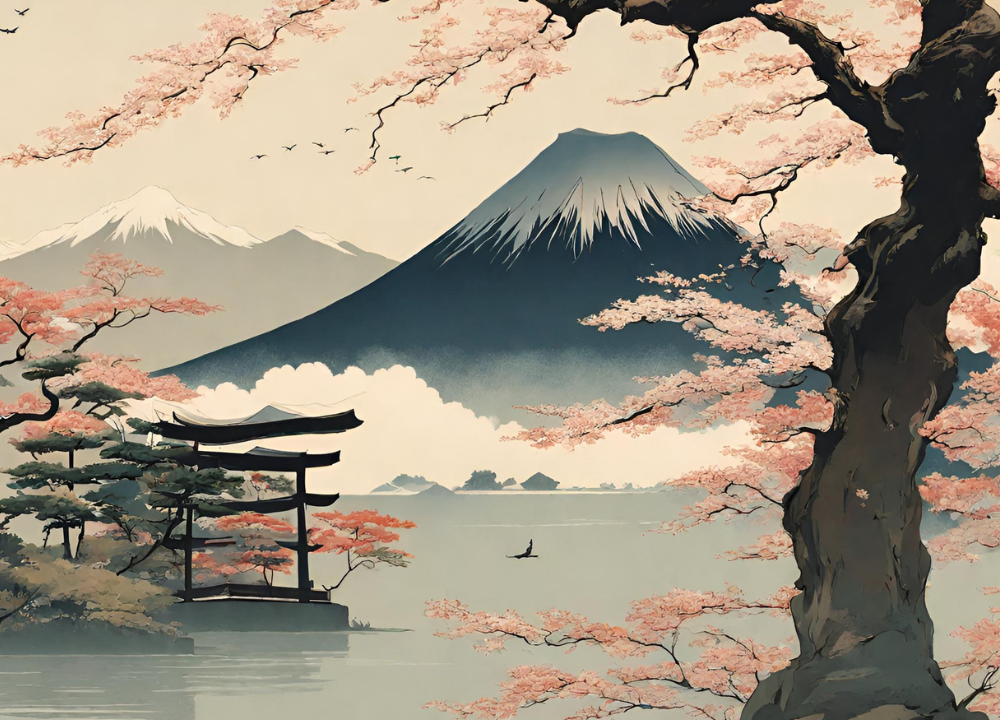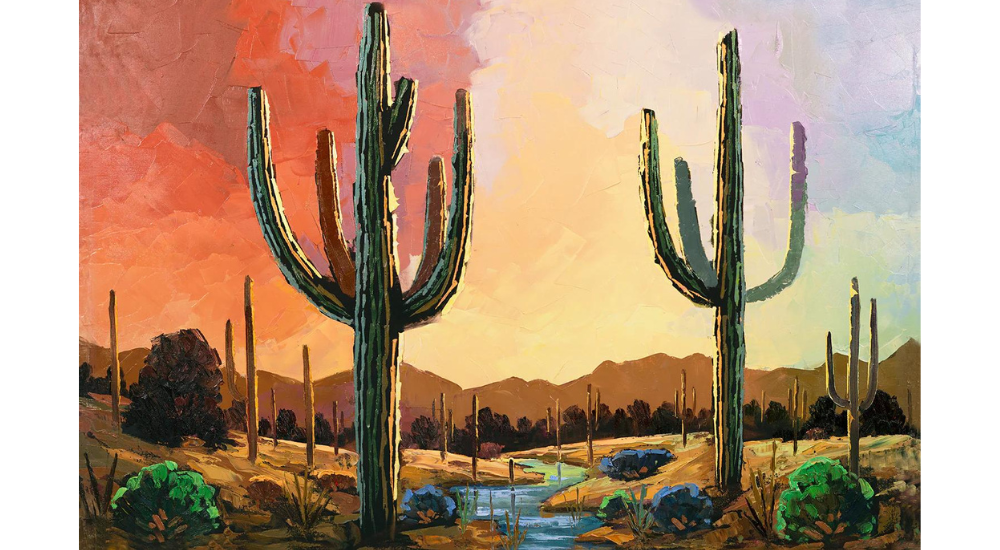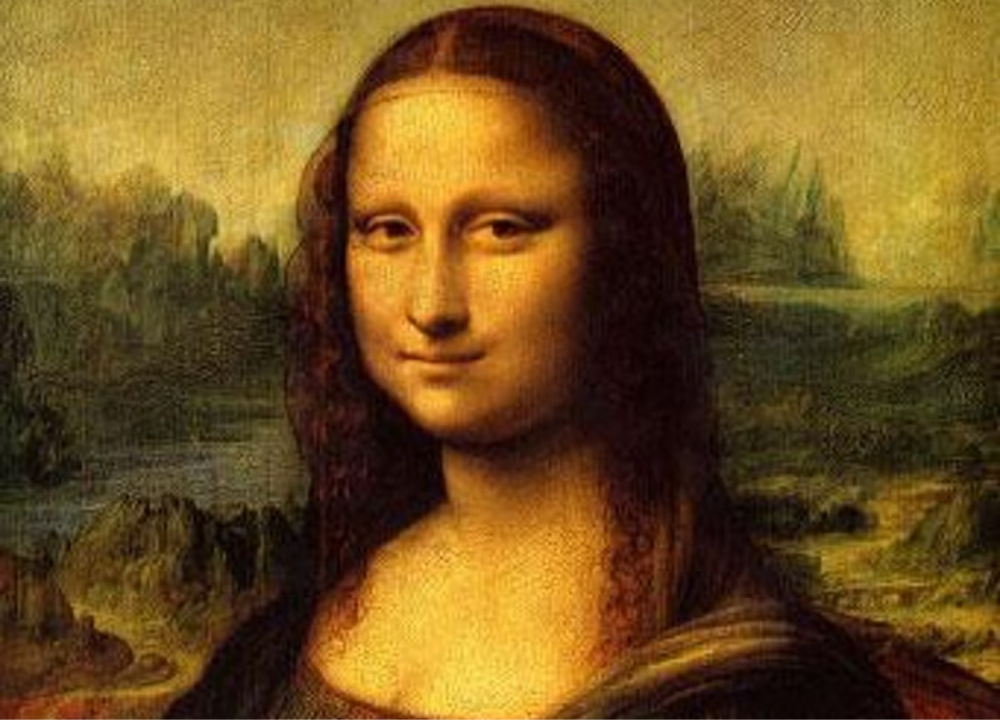Three famous Japanese art forms are origami, ukiyo-e, and Ikebana. These traditional art forms hold great cultural significance and are highly admired worldwide.
Japanese art has a rich and diverse history that has influenced the global art scene. From delicate paper folding in origami to vibrant woodblock prints in ukiyo-e, and the elegant art of flower arranging in Ikebana, each form encapsulates the unique beauty and craftsmanship of Japanese culture.
These art forms reflect the creativity, precision, and Zen philosophy, making them not only visually stunning but also deeply meaningful. We will explore these three famous Japanese art forms in detail, delving into their origins, techniques, and cultural significance.

Hokusai’s ‘the Great Wave Off Kanagawa’
There are few pieces of art as iconic and instantly recognizable as Hokusai’s ‘The Great Wave off Kanagawa’. This masterpiece is not only one of the most famous works from Japan, but it is also an enduring symbol of the country’s art and culture. Let’s delve into the historical background, artistic significance, and cultural impact of this incredible piece.
Historical Background
Hokusai’s ‘The Great Wave off Kanagawa’ was created in the early 1830s, during Japan’s Edo period. The print is part of a series called ‘Thirty-Six Views of Mount Fuji’ and reflects the artist’s fascination with the powerful forces of nature that surrounded him. The print captures the sheer force and beauty of the iconic Mount Fuji, as well as the treacherous power of the ocean that surrounds it.
Artistic Significance
The artistic significance of ‘The Great Wave off Kanagawa’ lies in Hokusai’s masterful use of composition and perspective. The bold lines and use of color create a sense of dynamism and movement, while the contrast between the towering wave and the delicate Mount Fuji conveys a profound sense of balance and harmony. As one of Hokusai’s most famous works, this print showcases his skill in capturing the essence of a moment in time and immortalizing it on paper.
Cultural Impact
The cultural impact of Hokusai’s ‘The Great Wave off Kanagawa’ cannot be overstated. This print has become synonymous with Japanese art and has inspired countless artists and designers around the world. Its influence can be seen in everything from traditional Japanese woodblock prints to modern-day fashion and graphic design. The wave has also become a symbol of resilience and strength, embodying the enduring spirit of the Japanese people.

Hiroshige’s ‘one Hundred Famous Views Of Edo’
Hiroshige’s ‘One Hundred Famous Views of Edo’ is a renowned series of ukiyo-e woodblock prints created by the Japanese artist Utagawa Hiroshige. The series was produced in the 1850s and comprises of 118 scenic views of Edo, the former name for Tokyo. These prints showcase Hiroshige’s exceptional talent in capturing the beauty and essence of Edo, making them a significant contribution to Japanese art history.
Depiction Of Edo
Hiroshige’s prints in ‘One Hundred Famous Views of Edo’ offer a captivating portrayal of Edo’s landscapes, depicting its bustling streets, serene gardens, and iconic landmarks. The artwork provides a glimpse into the daily life, culture, and natural beauty of Edo, conveying a sense of nostalgia and historical significance.
Technique And Style
Hiroshige employed innovative techniques in his prints, utilizing bold compositions, vibrant colors, and intricate details to bring the scenes to life. His distinct style involved the use of multiple perspectives, capturing the changing seasons and weather conditions with remarkable precision, thus deepening the emotional impact of his works.
Influence On Western Art
Hiroshige’s ‘One Hundred Famous Views of Edo’ left a lasting impression on Western artists such as Vincent van Gogh and Claude Monet. The unique use of flattened perspectives and intense colors in Hiroshige’s prints greatly influenced the development of Impressionism and Post-Impressionism in Western art, solidifying his legacy as a pioneer of cross-cultural artistic exchange.
Katsushika Hokusai’s ‘thirty-six Views Of Mount Fuji’
Katsushika Hokusai’s ‘Thirty-Six Views of Mount Fuji’ is among the top three famous Japanese artworks. This collection showcases Hokusai’s masterful depiction of Mount Fuji in various landscapes, leaving a lasting impression on art enthusiasts worldwide.
Katsushika Hokusai was a renowned Japanese ukiyo-e painter and printmaker during the Edo period. His masterpiece, ‘Thirty-Six Views of Mount Fuji,’ is a collection of landscape prints that showcases the artist’s exceptional talent and creativity. Let’s explore some fascinating aspects of this iconic artwork.
Exploration Of Nature
Hokusai’s ‘Thirty-Six Views of Mount Fuji’ is a remarkable exploration of nature’s beauty and grandeur. Through his prints, he captures diverse scenes, including rural landscapes, bustling cities, and serene bodies of water. The artist’s attention to detail allows viewers to appreciate the harmony between humans and their natural surroundings.

Symbolic Representation Of Mount Fuji
Mount Fuji, an iconic symbol in Japanese culture, takes center stage in Hokusai’s artwork. Each print in the series depicts Mount Fuji from a different angle, showcasing the mountain’s majestic presence. The varying weather conditions and seasons portrayed in the prints further add depth to the symbolism behind Mount Fuji, representing the ever-changing nature of life.
Unique Printing Techniques
Hokusai’s ‘Thirty-Six Views of Mount Fuji’ stands out not only for its artistic prowess but also for the artist’s innovative printing techniques. Hokusai employed a method called ‘oban yoko-e,’ where he used a horizontal format to represent landscapes, departing from the traditional vertical approach. Additionally, his bold use of colors and intricate brushwork created a sense of movement and vitality in each print, making them truly remarkable.
With its breathtaking exploration of nature, symbolic representation of Mount Fuji, and unique printing techniques, Katsushika Hokusai’s ‘Thirty-Six Views of Mount Fuji’ remains a timeless masterpiece in the world of Japanese art. It continues to captivate audiences, allowing them to immerse themselves in the beauty of Japan’s natural landscapes.
Frequently Asked Questions Of The Best 3 Famous Japanese Art
What Are The Famous Japanese Art Forms?
There are three famous Japanese art forms that have gained international recognition: Ikebana (flower arrangement), Sumi-e (ink wash painting), and Ukiyo-e (woodblock printing). These art forms embody Japan’s rich cultural heritage and are celebrated for their unique aesthetics and techniques.
How Did Japanese Art Influence Western Artists?
Japanese art had a significant influence on Western artists during the late 19th and early 20th centuries. Western artists were captivated by the simplicity, asymmetry, and natural themes of Japanese art, which greatly impacted movements such as Impressionism and Art Nouveau.
Japanese prints and ceramics were particularly admired by artists like Vincent van Gogh and Claude Monet.
Where Can I See Famous Japanese Art In Japan?
If you want to see famous Japanese art in Japan, there are several institutions and museums you can visit. Tokyo National Museum, Kyoto National Museum, and The National Museum of Western Art are renowned for their exceptional collections of Japanese art.
These museums showcase a wide range of masterpieces, including paintings, sculptures, ceramics, and traditional crafts.
Conclusion
In the realm of Japanese art, these three famous works stand tall and continue to captivate audiences worldwide. From the delicate beauty of ukiyo-e prints to the masterful craftsmanship of samurai swords and the serene elegance of Ikebana, each art form carries a unique cultural significance.
Exploring these treasures offers a glimpse into Japan’s rich artistic heritage and the profound influence it has had on the world. Discover the beauty of Japanese art and immerse yourself in a world of creativity and tradition.

Resources :
10 Most Famous Japanese Painting Masterpieces




